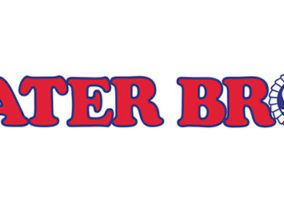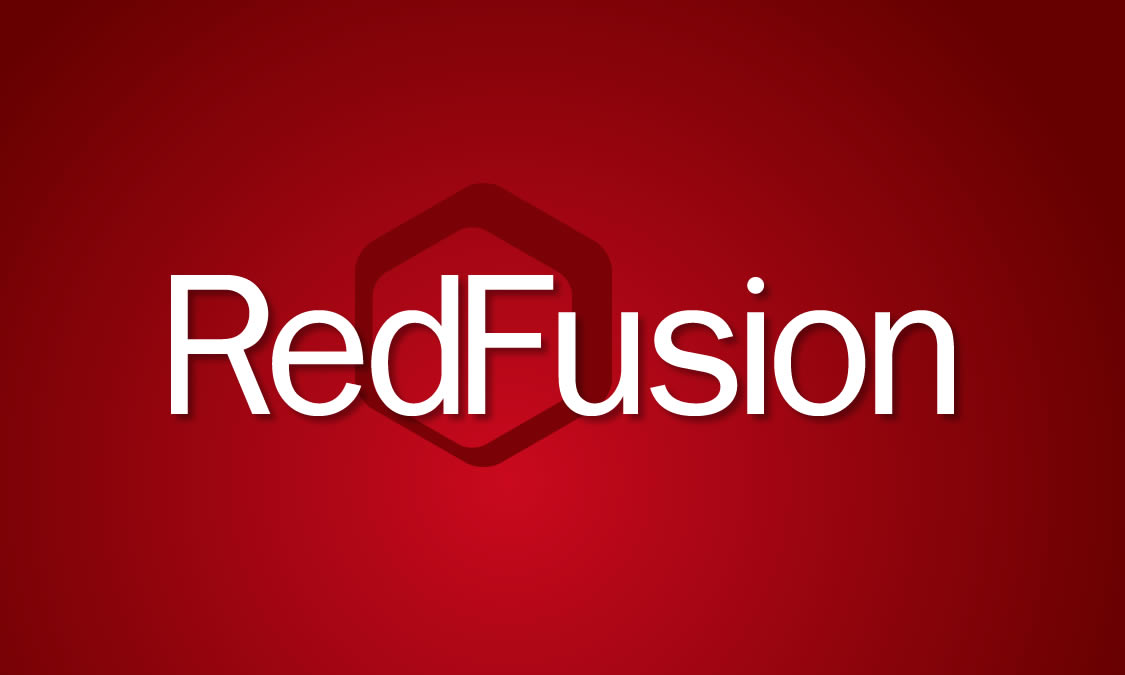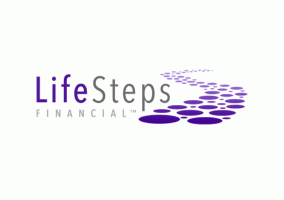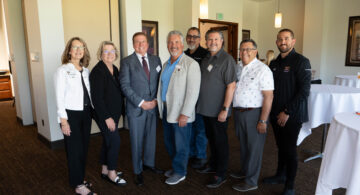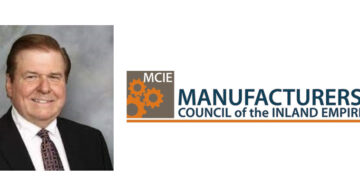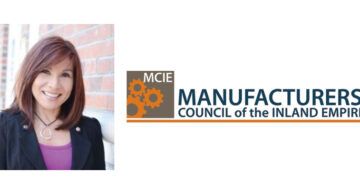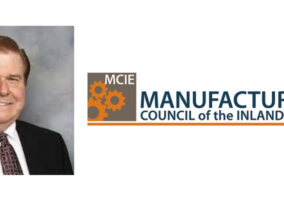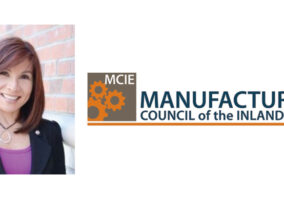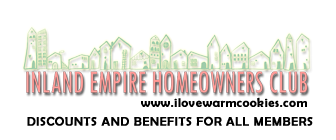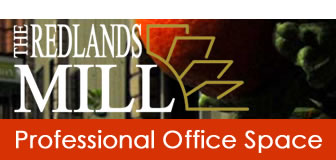How Much Does Your Company Really Care About Customers?

(Inland Empire) – Ron Burgess – Continuous Quality Programs, Six Sigma, Customer Relationship Management and other management fashions come and go; but one organizational type that is as old as business, and continually provides competitive advantage is “paying attention to the customer.” Those “currently-in-fashion” programs increase efficiency can be helpful to the customer; but depending on orientation, they can also waste company resources.
A recent conversation with a veteran businessman during the great recession: “Six Zigma, Lean Manufacturing? They don’t mean a thing when what we need is more volume to hit break-even.”
Phobias on quality can lead companies to spend on over-delivering minutia in the form of tighter tolerances and exacting details. This happens in preference to common sense limitations that are driven by perceived customer value. Eliminating production defects is a fine goal, but the real issue is the customers’ perception of any defects. If customers really wanted perfection, the manufacturers’ outlet industry would never have gotten off the ground. Many people take pride in buying a Polo shirt for $19.95 because a stitch is pulled, instead of the $60.00 retail price!
What was thought to be a noble cause can really be something else. CRM, Customer Relationship Management has turned from a well meaning philosophy, to packaged software that touts a solution, but is usually only the start of a long voyage. It is true that gathering data is important to understand the customer, but the company culture that acts on that information (even limited information) is far more important. The large number of failed and underachieved installations of CRM software is a telling sign of business leadership that has missed the point. Some experts place the failure rate at 60%!
A Customer Centered Organization is one that focuses all its systems, processes and people on the customer, not the product. A Customer Centered Organization does not only rely on the accounting system that measures revenue and profit. It does not rely on the old traditional organizational structure that was designed to control communications in the Industrial Age of the 1800’s.
Emphasizing the customer sounds easy (and is accomplished in varying degrees by many companies), but becoming a Customer Centered Organization requires an attitude that is counter to most companies. “Focusing all systems and processes on the customer” may mean scrapping your current accounting system for instance. Accounting systems have always been oriented toward revenue, expenses, profit and assets. Accounting de-values assets bought with cash, but creates no value for strengthening life-time customer relationships! It measures the cost of employees, but has no place on the balance sheet for the knowledge and skill levels they have!
Most companies start the process of becoming Customer Centered from a disadvantaged perspective based on accounting and a product orientation. The number pushers, and production managers are well paid; the Customer Service departments are entry level jobs! Even marketers talk of “differentiation” in their products, then paint them a new color! With the world production capacity beyond demand, how many products are really different? In-fact the vast majority of products today are in a commodity category. The vast majority of differentiation is not the product, but service and aesthetics. Both are controlled by marketing, personnel, and customer service! The Customer Centered Organization elevates the emphasis on the customer, which becomes a competitive advantage.
Becoming a Customer Centered Organization can mean changing a company culture. It acknowledges that it is “becoming” and may never arrive. It may be the slow destruction of an existing organizational structure and it regularly sacrifices sacred cows.
One of the most successful retailers in the world has done just that. Nordstrom’s literally turned the organizational structure upside down. The president is on the bottom and the sales person on the floor is on the top. The managers’ and executives’ jobs are to support those above them. This system is not a new idea; it is a proven idea. The entire culture is different than the competition’s. Nordstrom sells the same goods as other retailers and has similar stores in similar locations. But most of their competition buys from the top down, from the merchandise manager to the department manager. At Nordstrom the buyer is king, because he or she must be “on the floor” with the customer.
A Customer Centered Organization has an organizational chart with the customer in the middle of a concentric circle. The first ring (level) includes the all important customer service team, all those that interface directly with the customer. Paper and computer systems are fashioned specifically to gather customer information, not generate invoices.
The information flows to the second level in a way that provides different information for different parts of the organization, yet is accessible to all. Transactional information (deliverables to the customer such as products, services, advice, problem corrections, and communications) are gathered and turned into dollars at the second level. Physical deliverables (products, packaging, letters) become sales, inventory, and expenses for the accounting functions; while intangible deliverables include services delivered, information passed to the customer, and feedback for marketing functions.
In every case the issue is “what is the complete nature of our relationship with this customer.” Sure it is “One to One” and Relationship Marketing, and market oriented at the same time. It starts with people relating to people, while gathering information, and ends with compiling numbers for management reporting and financial statements.
This is not easy. Finding affordable systems that can gather this information is hard, and changing your people culture is harder; but by most measures, tangible improvements occur that even your toughest CFO would love. Increased profit margins, faster adaptation to markets, faster growth rates, and higher productivity can be documented by companies that are perceived as having higher quality and better service. A Customer Centered Organization that exists for the customer first, can be the way to your CFO’s heart, once he allows it to work.


